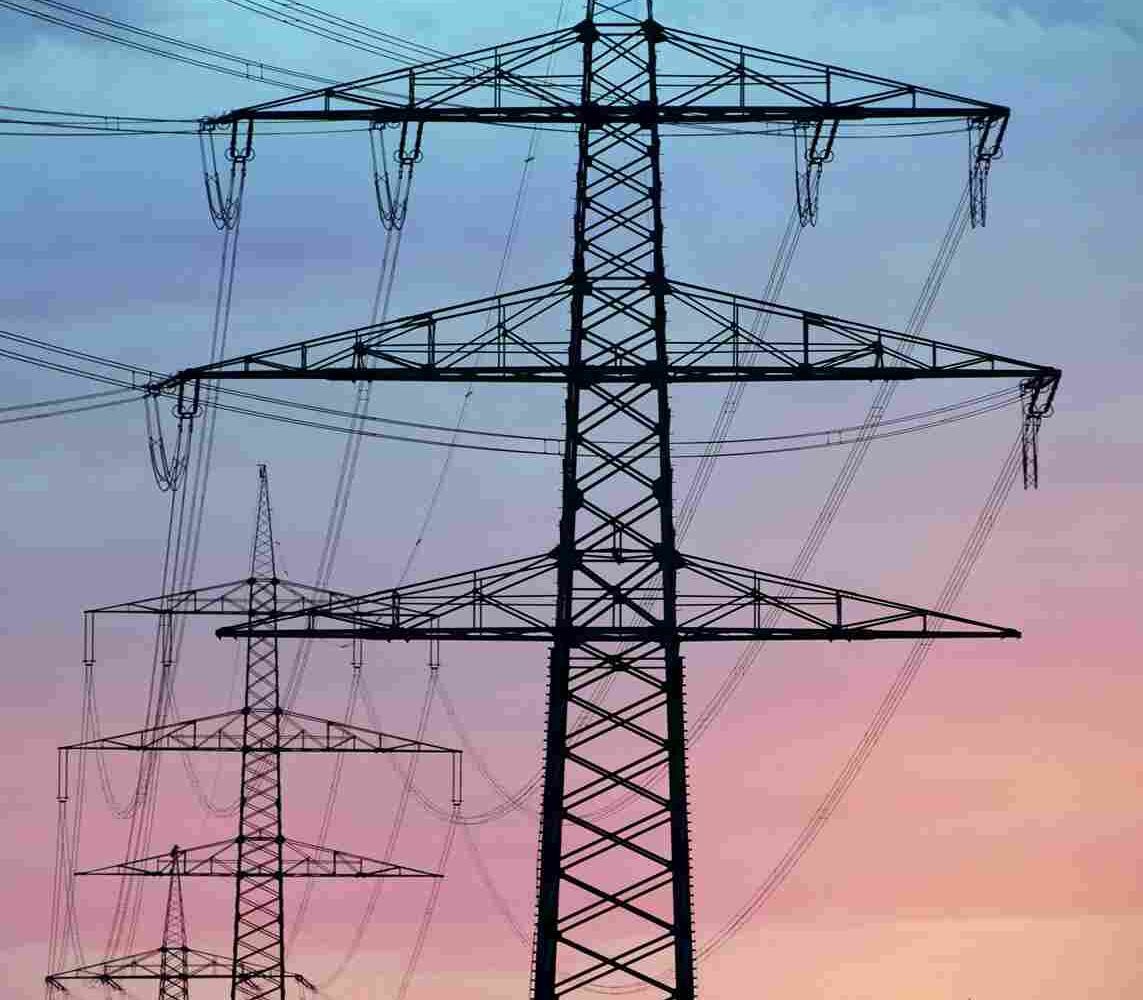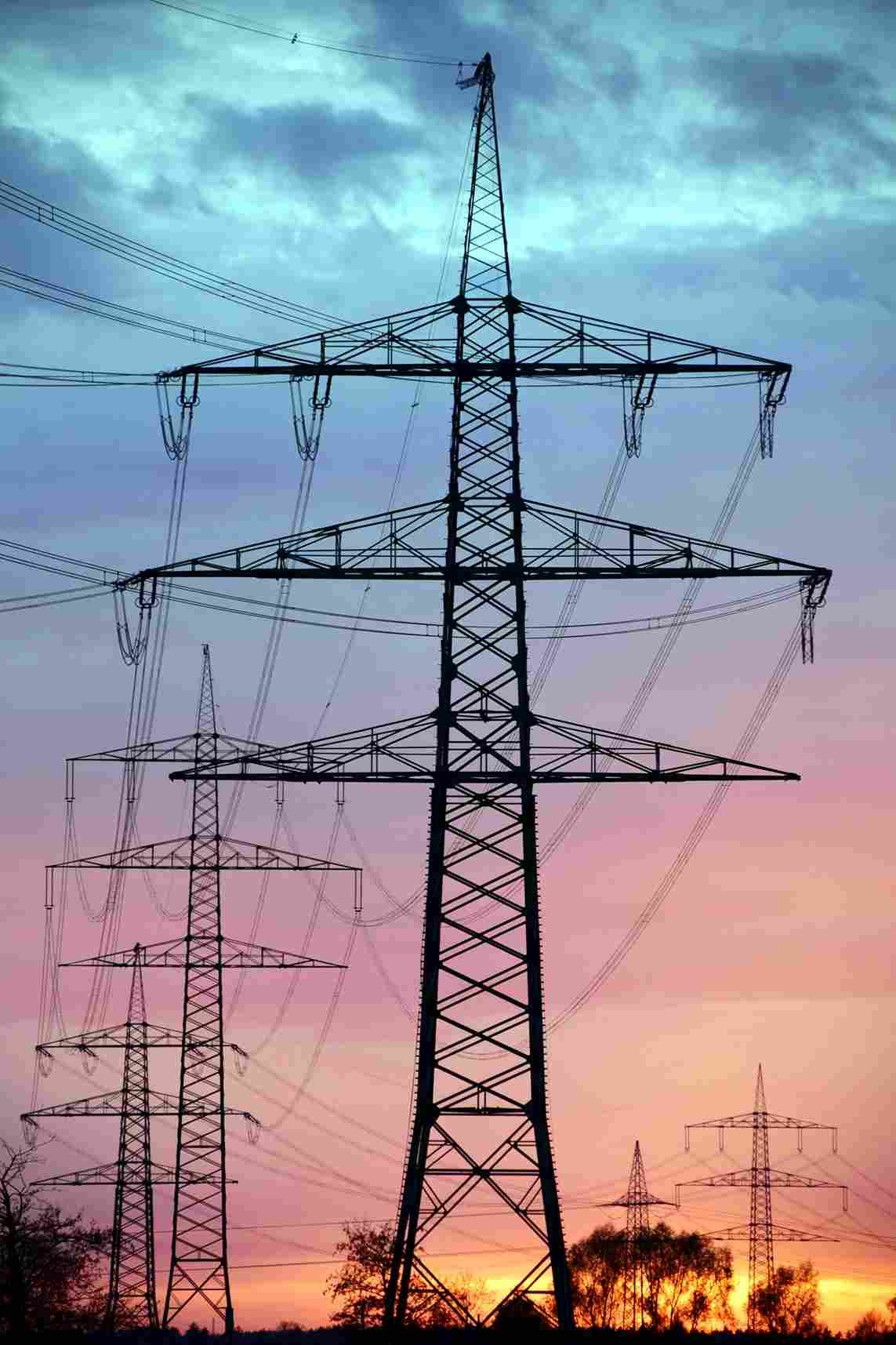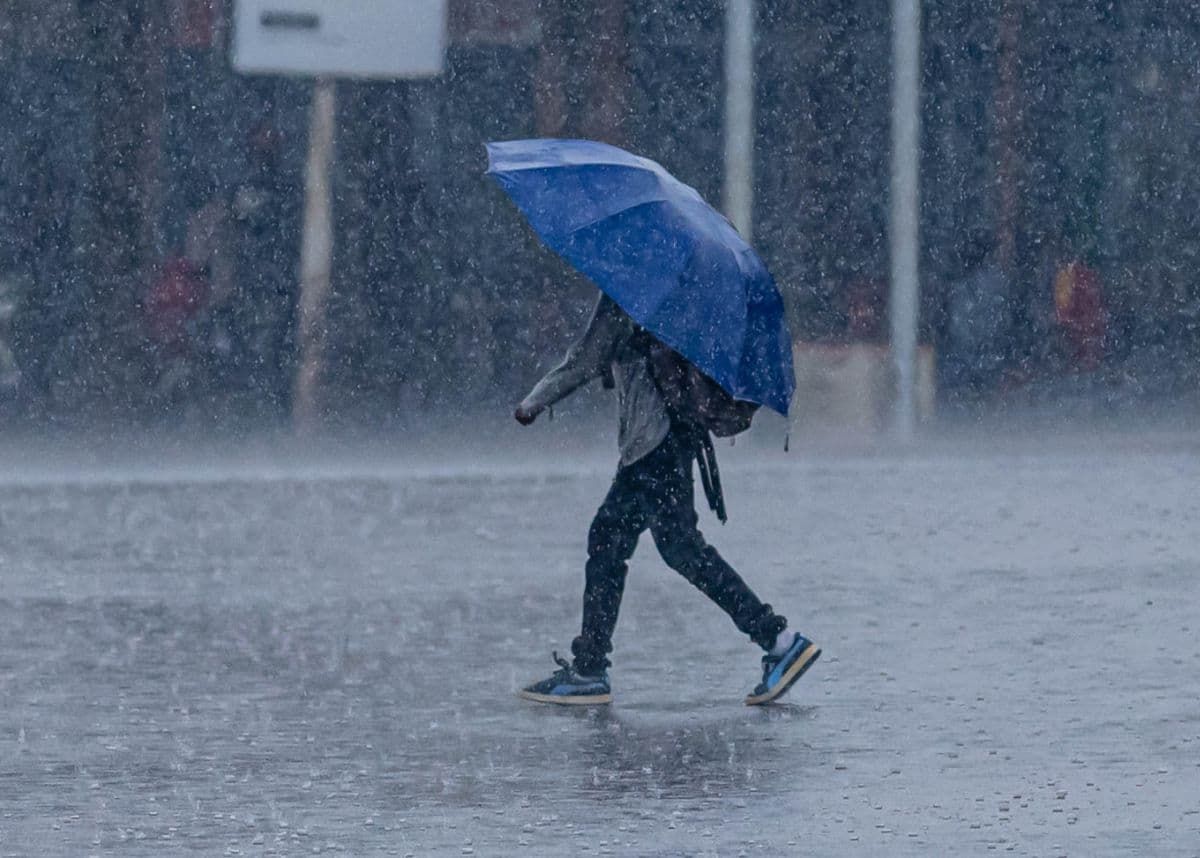
Eskom, South Africa’s primary electricity supplier and state-owned power utility, continues to face severe challenges despite suspended load shedding. These include municipal debt crises, corruption, and fraud. A recent audit outcome further highlighted the ongoing crises at Eskom.
On Thursday, 10 April 2025, the Parliament of the Republic of South Africa announced that the Select Committee on Agriculture, Land Reform, and Mineral Resources received briefings from the South African Nuclear Energy Corporation (NECSA) and Eskom. The briefings were based on their audit outcomes and performance in the 2024/25 financial year.
What is the South African Nuclear Energy Corporation (NECSA)?
The South African Nuclear Energy Corporation (NECSA) is a public company owned by the State. It was established by the Republic of South Africa Nuclear Energy Act in 1999. NECSA was established to develop, manage and use nuclear for regional and socio-economic development. In addition, NECSA aims to meet nuclear-related needs of South Africa.
The select committee recognised NECSA for improving its audit outcomes from a disclaimed position to clean audits. A clean audit means that the Auditor-General has found no material issues with NECSA’s financial statements or operations. The company has good economic management, accountability and transparency.
On operations, the committee advised the entity to schedule a dedicated session for a report on the entity’s work and plans. While NECSA’s turnaround is a positive outcome, Eskom’s ongoing debt and operational reliability struggles remain a pressing concern.
Eskom reduces loadshedding, but high in debt
The select committee acknowledged Eskom’s progress in reducing load shedding and stabilising operations. In addition, recent reports about Eskom state that there are high levels of planning. According to Eskom’s internal reports, unplanned outages have also shown an approximately 2.9% year-on-year reduction.
The high level of planned maintenance aims to improve fleet reliability for the awaited peak winter demand. Planned maintenance refers to all proactive activities scheduled and completed according to a specific plan. It also ensures environmental and regulatory compliance. Eskom’s progress in reducing load shedding differs from its severe challenges.
The select committee expressed concerns over the increasing municipal debt crises, severely compromising the utility’s financial sustainability. Despite efforts to strengthen internal controls and consequence management, other issues related to Eskom faced persistent problems, including corruption, fraud and criminality.
Concerns were also raised about Eskom’s legal separation and unbundling delays. Equally important, environmental compliance challenges, including concerns about emissions standards, were raised.
The select committee also stressed the necessity of being more transparent and providing regular updates on the power utility’s turnaround efforts. The committee’s push for transparency is understandable, given that municipalities owe Eskom.
Municipalities owe Eskom
According to a report by Daily Maverick, by December 2024, municipalities owe Eskom R107 billion. This debt accumulated over the years as municipalities failed to pay the power utility for the electricity they consumed.
The municipalities include:
- Emfuleni, City of Tshwane, and Ekurhuleni municipalities in Gauteng,
- Govan Mbeki and Lekwa municipalities in Mpumalanga
- Matlosana municipality in North West, to name a few.
As a result, Eskom is halfway through a three-year programme designated for the Treasury to take over R254 billion of debt on its books and to ensure the company’s sustainability by eliminating its dependence on taxpayer-funded bailouts for survival. More interventions are addressed.
Eskom’s crises interventions addressed
The Deputy Minister for the Department of Electricity and Energy, Samantha Jane Graham-Mare, informed the committee about a plan to establish a joint task team to develop tailored interventions to address the municipal debt crises. The joint task team will consist of the National Treasury and the Department of Cooperative Governance and Traditional Affairs.
The committee has committed to closely monitoring the performance of both entities. To ensure accountability, it has also committed to engaging with its political principals. Furthermore, it highlighted the necessity for the department to furnish the required information to the committee when it is due.
Key takeaways
Eskom faces significant challenges, including substantial debt crises and operational reliability issues. Meanwhile, NECSA has demonstrated improvement with a clean audit, highlighting the importance of effective governance and financial management. As South Africa navigates its energy future, addressing Eskom’s challenges will be crucial.
How much longer can South Africa’s economy carry Eskom’s debt?
Let us know by leaving a comment below, or send a WhatsApp to 060 011 021 1.
Subscribe to The South African website’s newsletters and follow us on WhatsApp, Facebook, X and Bluesky for the latest news













